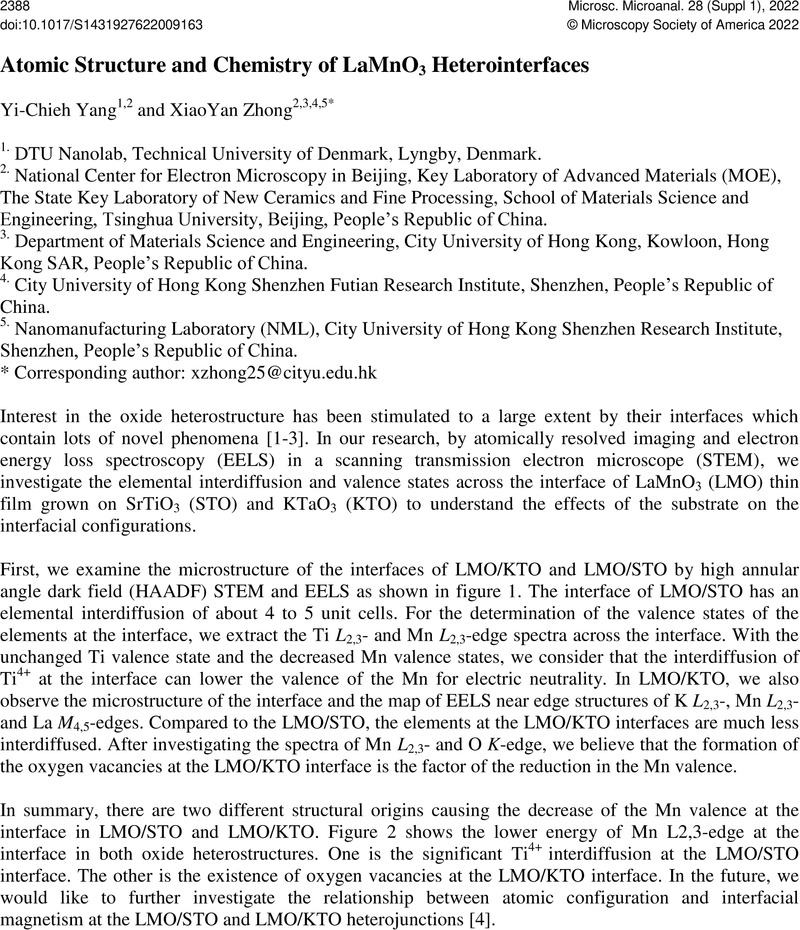This work was financially supported by National Natural Science Foundation of China (11834009, 52171014, 52011530124), Science, Technology and Innovation Commission of Shenzhen Municipality (HZQB-KCZYB-2020031, JCYJ20210324134402007), the Sino-German Mobility Programme by the Sino-German Center for Research Promotion (M-0265), Science and Technology Department of Sichuan Province (2021YFSY0016), CityU Strategic Interdisciplinary Research Grant (2020SIRG037), the City University of Hong Kong (Projects no. 9610484, 9680291) and the City University of Hong Kong Shenzhen Research Institute. The work described in this paper was substantially supported by a grant from the EU-HK Research and Innovation Cooperation Co-funding Mechanism sponsored by the Research Grants Council of Hong Kong Special Administrative Region, China (Project No. E-CityU101/20), Germany/Hong Kong Joint Research Scheme (DAAD-RGC) (Project No. G-CityU102/20) and the Research Grants Council of the Hong Kong Special Administrative Region, China (Project No. CityU 11302121). This project has received funding from the European Research Council (ERC) under the European Union's Horizon 2020 research and innovation programme (Grant No. 856538, project “3D MAGiC”. This work made use of the resources of the TRACE TEM center at the City University of Hong Kong and the National Center for Electron Microscopy in Beijing.
Google Scholar